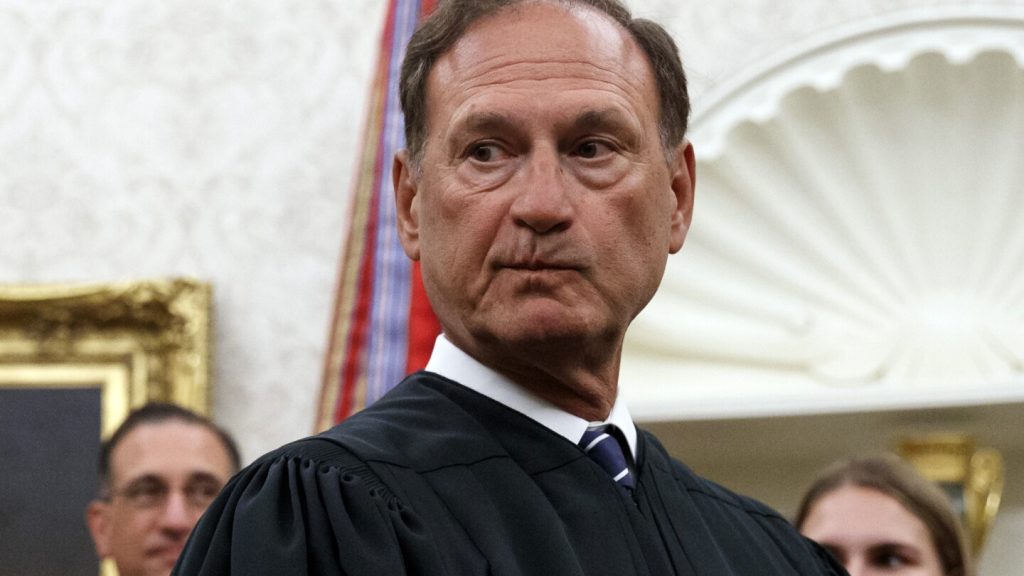The recent revelation that The Washington Post had the same story about an upside-down American flag at the home of U.S. Supreme Court Justice Samuel Alito more than three years ago, but decided not to publish it, has sparked a discussion about journalistic ethics and the standards to which public officials’ families should be held. The incident occurred shortly after the Capitol insurrection on January 6, 2021, when supporters of former President Donald Trump carried the upside-down flag, and a similar symbol was displayed outside Alito’s home in Virginia before President Joe Biden’s inauguration. Alito explained that his wife raised the flag as part of a dispute with neighbors, but judges typically avoid partisan symbols to maintain political neutrality.
The decision by The Washington Post not to publish the story in 2021 has raised questions about journalistic integrity and whether public officials’ families should be held to the same standards as the officials themselves. The Post’s current executive editor, Sally Buzbee, who was not at the paper when the original decision was made, faced criticism for the lack of transparency in handling the story. Former senior editor Cameron Barr took responsibility for the decision and expressed regret for not pushing to publish the story. Kathleen Culver, director of the Center for Journalism Ethics at the University of Wisconsin, deemed the original decision a “bad call” and argued that the incident, even if instigated by Alito’s wife, still warranted coverage.
Justice Alito defended his wife’s actions in a letter to Congress, stating that she is an independent citizen who makes her own decisions, and he respects her autonomy. The flag display at the Alito home, while explained as a symbol of distress by Martha-Ann Alito, drew attention to the neutrality that Supreme Court justices are expected to maintain. Some journalists, like Jesse Holland, a former court reporter, understand the dilemma of reporting on the actions of public officials’ families and the potential implications for the officials themselves. Ultimately, the decision to publish such a story rests on journalistic ethics and the public interest in knowing about the conduct of those in positions of power.
The Post’s decision not to publish the story reflects a long-held view in some media organizations that the Supreme Court should be covered primarily through its decisions, rather than through the personal actions of its justices or their families. However, recent events, such as the controversial leak of a draft decision on abortion rights and reporting on potential conflicts of interest involving justices, have challenged this perspective. The media landscape surrounding the Supreme Court is evolving, and journalists are facing pressure to hold public officials and their families accountable for their actions, even if those actions may not directly involve official duties.
The incident involving the upside-down flag at Justice Alito’s home highlights the delicate balance journalists must strike between reporting on the actions of public officials and their families while upholding ethical standards and respecting personal boundaries. The Post’s decision not to publish the story has sparked debate within the journalism community about the importance of transparency and accountability in reporting on the highest court in the land. As the media landscape continues to evolve, journalists are grappling with the challenge of covering the Supreme Court in a way that informs the public while maintaining journalistic integrity and ethical standards.


